Cement ingredients and properties play a crucial role in defining the behavior and effectiveness of cement in construction applications. Manufacturers primarily compose cement from several key ingredients. They are lime, silica, alumina, iron oxide, magnesia, sulphur compounds, and calcium sulphate. These constituent materials, in precise cement ingredients percentage, contribute to the strength, setting time, and durability of cement. Portland cement composition specifically refers to the balanced ratio of these raw materials such as limestone and clay, which undergo heating to form clinker before grinding. Understanding the functions of cement ingredients is essential, as each ingredient influences important properties like hardness, color, and soundness. Together, these cement raw materials determine the overall quality and performance of cement used in construction projects.
Cement is a fine powder made of limestone, clay, bauxite and iron. Whey cement is mixed with aggregates and sand produces concrete. Likewise, mixed with sand produces mortar which is used for brickwork, plaster, flooring etc.
Table of contents
Ingredients and Properties of Portland Cement
Cement ingredients and properties are fundamental to understanding how cement functions as a crucial construction material. Cement is a finely ground powder made primarily from natural raw materials, and its properties such as strength, setting time, and durability depend on its composition. This section will introduce the importance of these ingredients, their typical proportions, and how they influence the quality and performance of cement. Portland cement composition and cement raw materials required for manufacturing cement is also presented in the upcoming sections.
Portland cement Ingredient Composition and percentage
Cement ingredients and properties are essential for producing high-quality construction materials. The Portland cement composition consists of key cement raw materials like lime, silica, alumina, iron oxide, gypsum, and minor components. Each ingredient is present in specific cement ingredients percentage, which directly influences essential functions of cement ingredients such as strength development, setting time, durability, and hardness. Understanding how these raw materials interact chemically and physically during clinker formation provides insight into the final cement’s performance. Proper control of composition and ingredient proportions ensures optimum cement properties suitable for various construction applications.
Cement is manufactured from Lime, silica, alumina and iron oxide. Lime is obtained from limestone and oxides of silica, alumina and iron which is found in clay and shale.
Functions and Percentage of Cement Ingredients
Each ingredient in cement has a distinct function. Lime provides strength and stability by forming calcium silicates, silica contributes to strength and durability, alumina acts as a flux to lower clinker temperature and influences setting time, and iron oxide affects hardness and color. Gypsum controls setting speed to prevent flash setting. Other elements like magnesia and alkalis influence toughness and chemical stability. Understanding these functions helps optimize cement formulation.

Main Raw Materials Used in Cement Production
The production of cement relies on several key raw materials: limestone, clay or shale, silica sand, and iron ore. Limestone provides calcium oxide for strength, while clay or shale supplies silica, alumina, and iron oxide. Together with other additives, these materials are processed and heated in a kiln to form clinker—the key intermediate material in cement production. This section explores the sources, preparation, and roles of these raw materials.

Lime
Lime, or calcium oxide, is the major constituent of cement, accounting for about 60-65% of its composition. It is the primary raw material responsible for forming calcium silicates and aluminates, which give cement its essential cementing properties and strength. The correct proportion of lime is crucial: too little reduces cement strength, while too much causes unsoundness, leading to expansion and disintegration. Thus, lime in precise amounts directly impacts the Portland cement composition and overall cement properties, ensuring durability and performance in construction applications.

Silica
Silica, or silicon dioxide (SiO2), constitutes about 17-25% of Portland cement. It reacts with lime during the heating process to form dicalcium silicate (C2S) and tricalcium silicate (C3S), which are critical compounds for cement strength. Proper proportions of silica help enhance the durability and hardness of cement, while excessive silica can slow down the setting time. Thus, silica plays a vital role in controlling Portland cement composition and its essential cement properties in construction applications.
Alumina
Alumina (Al2O3), present in about 3-8% of Portland cement, plays a crucial role by lowering the clinkering temperature during cement manufacture, making the process more energy-efficient. It also imparts quick setting properties by forming tricalcium aluminate (C3A), which accelerates the initial hardening of cement. However, an increase in alumina beyond optimal levels can weaken the cement, affecting its overall strength and durability. Thus, alumina’s controlled proportion is vital for maintaining the proper Portland cement composition and ensuring desirable cement properties in construction.
Iron oxide
Iron oxide (Fe2O3) constitutes about 0.5-6% of Portland cement and primarily contributes to the color of cement. It acts as a flux during high-temperature clinker formation, reacting with calcium and alumina to form tricalcium aluminoferrite (C4AF). This compound significantly enhances the hardness and overall strength of cement. Thus, iron oxide plays a dual role by imparting color and improving cement’s mechanical properties, making it essential in the Portland cement composition and influencing key cement properties in construction applications.
Magnesium oxide
Magnesium oxide (MgO), found in minor traces in Portland cement composition, can reduce the strength and durability of cement if its proportion exceeds limits, affecting overall cement properties and performance.
Sulphur Trioxide
Sulfur trioxide (SO3), present in trace amounts in cement compositon, affects cement quality; excessive SO3 leads to unsoundness and volume instability, negatively impacting the durability and performance of Portland cement.
Properties of cement
Cement is the most significant structural material used in construction.Cement is the most recognised binding material and can be used in any nature of structures starting from a home to sky scrappers, industrial structures ,bridges, roads etc. Cement when mixed with sand and aggregates forms concrete and when mixed with sand makes mortar.The serviceability, strength and durability of a structure is purely depend on the quality of cement which is being used for concrete and mortar.The properties of cement is directly related to the proportioning of ingredients, grinding, packing etc.
Physical properties of cement
Physical properties of cement include fineness, setting time, soundness, and strength, which influence workability and durability. For detailed information, please refer to our blog: Physical Properties of Cement.
Key Takeaways
- Cement ingredients and properties determine cement’s behavior and effectiveness in construction.
- Portland cement composition involves precise proportions of lime, silica, alumina, iron oxide, magnesia, sulfur compounds, and calcium sulfate.
- Lime forms calcium silicates and aluminates providing essential cementing properties and strength.
- Silica contributes to hardness and strength by forming calcium silicate compounds.
- Alumina lowers clinker temperature and influences quick setting, but excess weakens cement.
- Iron oxide imparts color and contributes to the cement’s hardness and strength.
- Excess magnesium oxide and sulfur trioxide negatively affect cement quality and stability.
- Proper cement ingredients percentage ensures optimal cement properties including strength, durability, and setting time.
- Quality of raw materials like limestone and clay controls the Portland cement composition and performance.
- The functions of cement ingredients collectively determine cement’s suitability for various construction applications.
- Physical characteristics like fineness and soundness impact cement performance and concrete workability.
- Controlled manufacturing processes ensure consistent, high-quality cement production.
Conclusion
Cement serves as a fundamental structural material in construction, with its properties deeply influenced by its carefully controlled cement ingredients percentage and Portland cement composition. The primary raw materials—lime, silica, alumina, iron oxide, and minor components like magnesia and sulfur trioxide—each contribute specific functions crucial for strength, setting time, durability, and appearance. Understanding the role and balance of these cement raw materials enables manufacturers to produce cement with desired properties for diverse construction needs. Ultimately, maintaining the correct proportions and quality of raw materials ensures cement meets stringent performance standards, making it indispensable in building long-lasting, reliable structures.

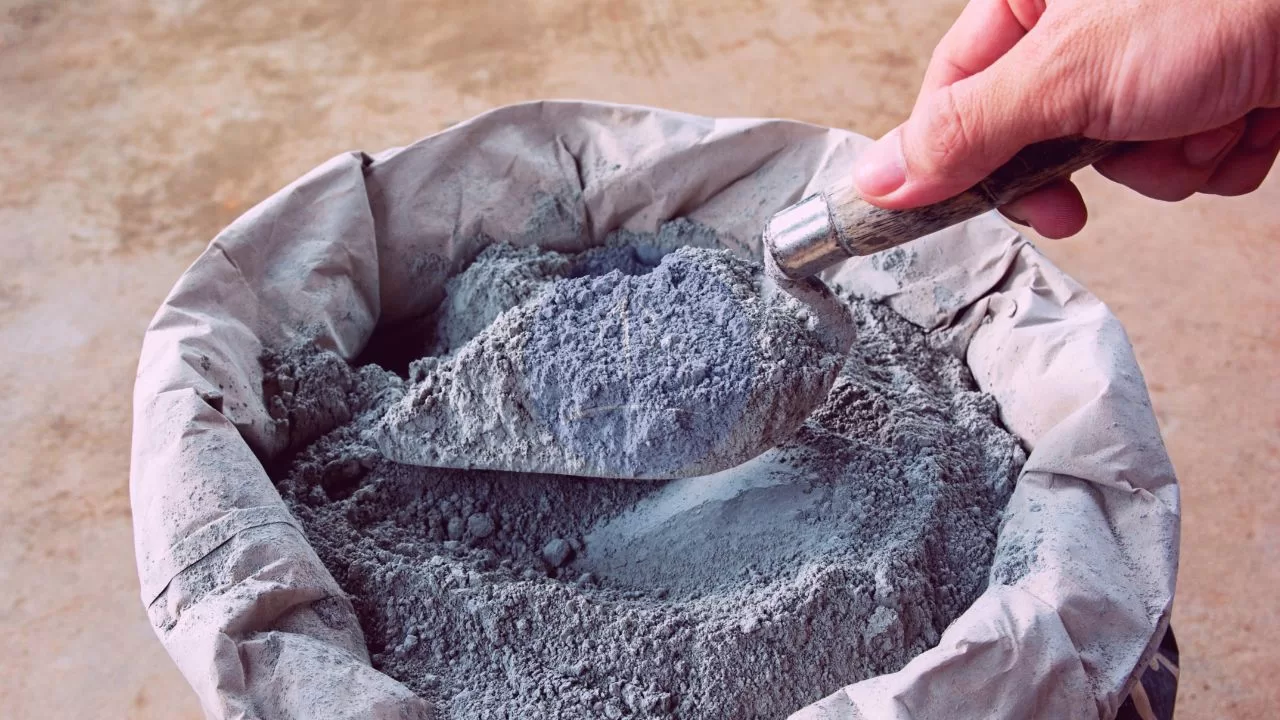
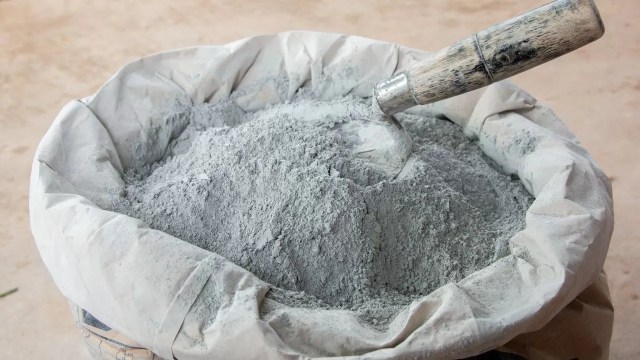
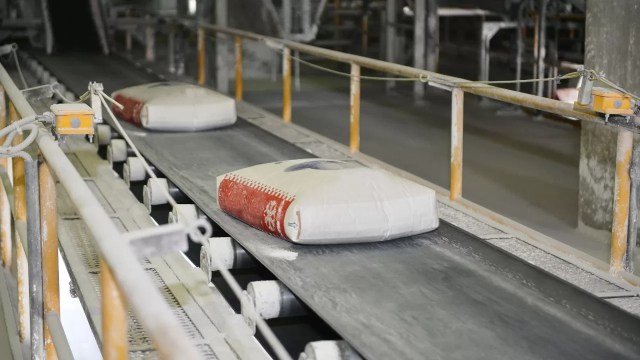
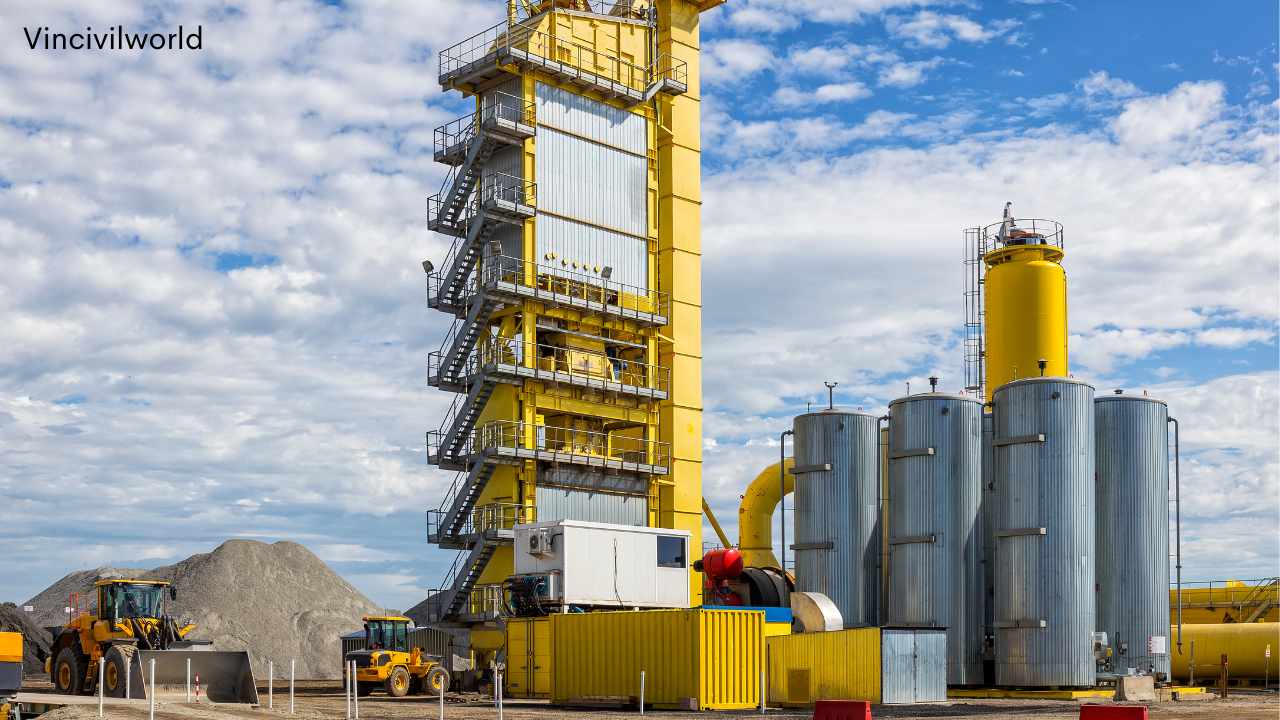
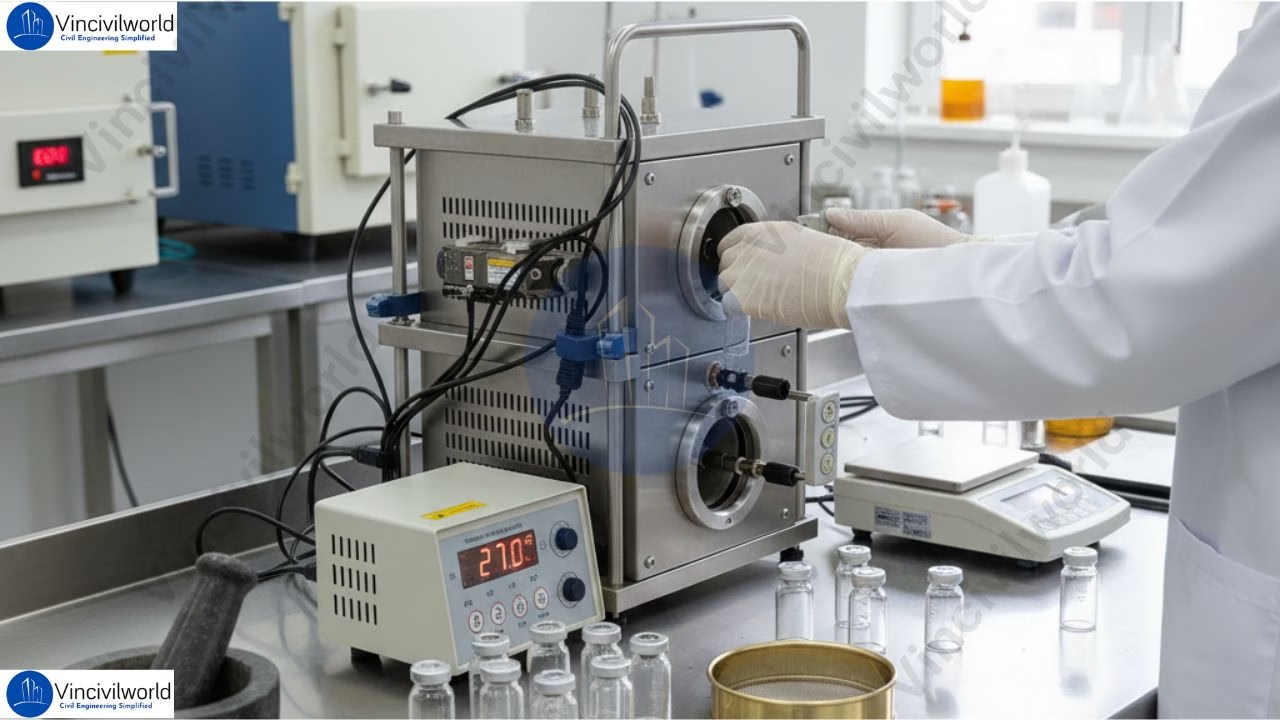
6 thoughts on “Cement Ingredients and Properties : A Complete Guide”
Comments are closed.